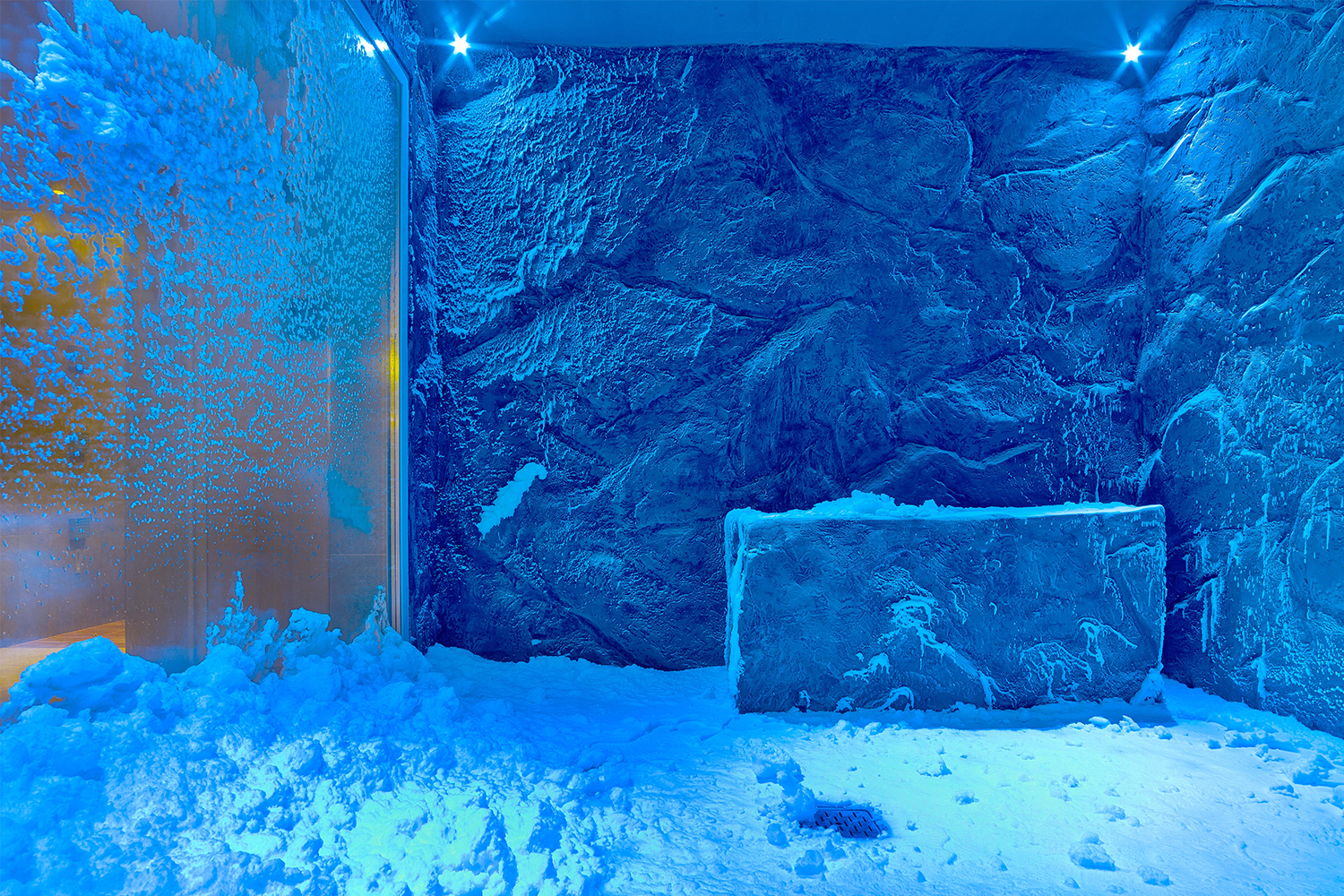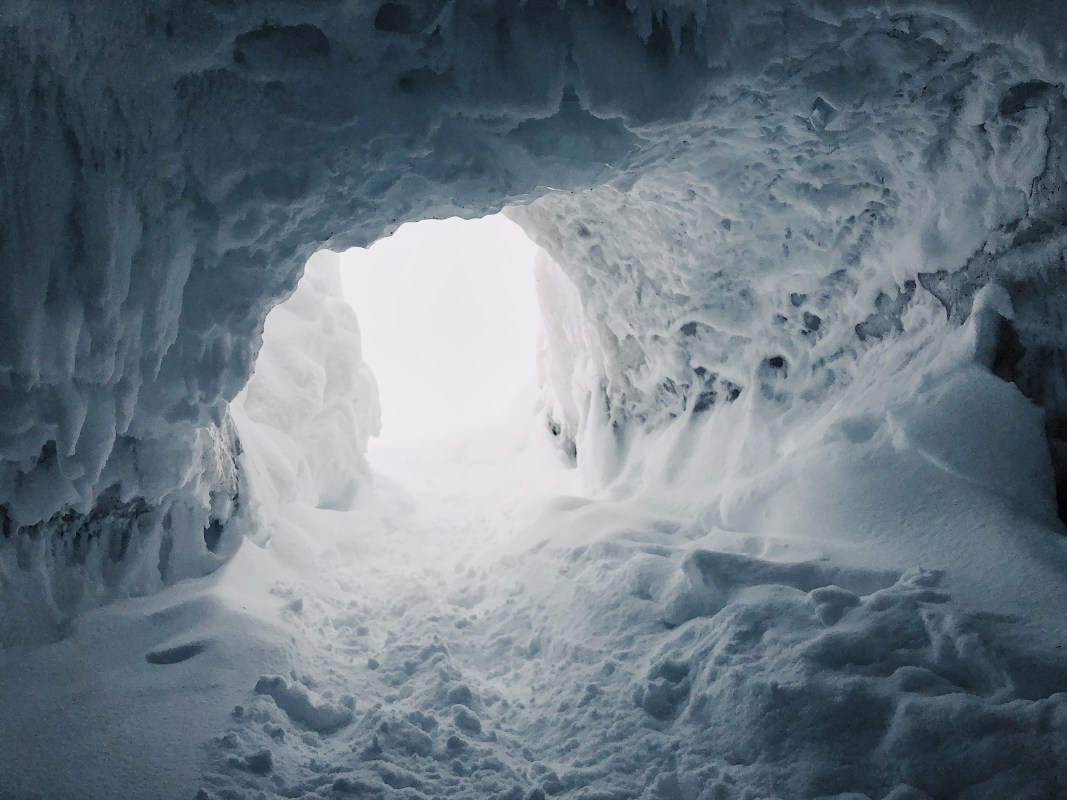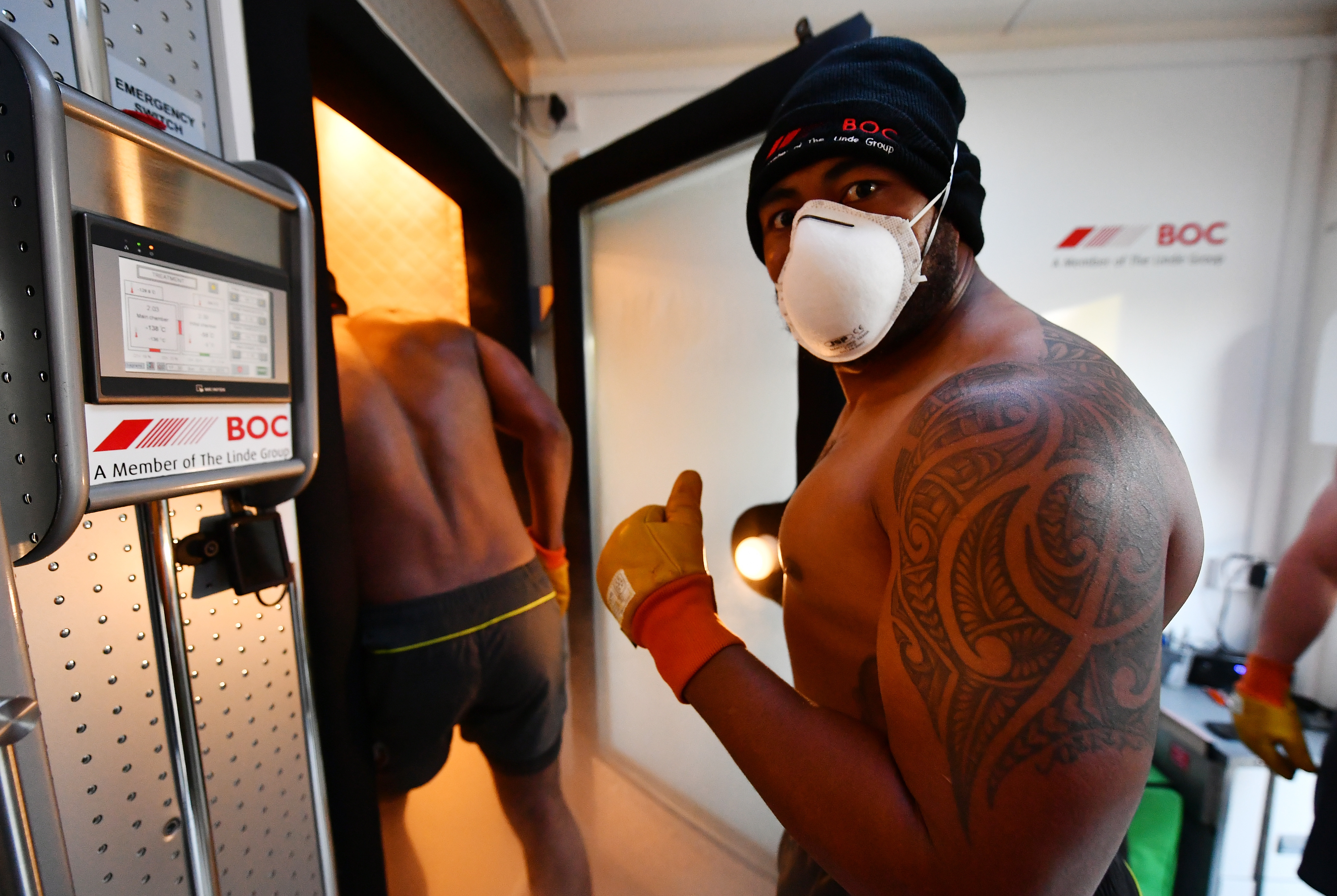A fitness-minded buddy of mine texted me the other day: “Have sauna’d 15 minutes every day since last Sunday. This is the closest to a religion I’ve been in a long time.”
I know exactly where he’s coming from. I’ve been on a similar kick this year, though my numbers aren’t quite so robust. I’ve managed to eke out three trips a week for a few months now, and I’ll generally spend 10 minutes or so sitting and stretching in the chamber.
When I first dedicated myself to the practice, in early spring, I heard a fellow visiter — a self-proclaimed sauna lifer — explain to a friend why the sauna was one of his favorite places on the planet. He said he used the facility to ponder life matters with an ergogenic boost of clarity, or alternatively, commit to a half-hour of thinking about absolutely nothing at all.
My brain responded to that with a cynical chuckle at the time, my negativity fueled by the fact that I could barely breathe the 180°F air for five minutes at a time, let alone spend a bunch of them deciding whether I should have a kid or launch a business. Over the months, though, this began to change. That gentleman, performative peacocker he may be, had a point. I rank my time in the sauna among the most meditative and mood-setting minutes I can expect from a day.
There’s just one problem. While it’s very possible to reap the full physical and mental benefits of a sauna with the sauna alone (studies have compared a session to “a short, moderate workout”; it elongates muscles and tendons while alleviating low back pain; it’s dynamite for heart health), the proper Nordic experience actually involves temperature cycling. That is to say, switching between the extreme heat of the sauna with the extreme cold of [insert beautiful northern European water feature here].
When I leave my sauna, I walk home on hot cement in the hottest year of the hottest century the planet has ever seen. I still feel pretty good, all things considered. But I’m also acutely aware that I could be feeling great.
Christianity went out of vogue in the Nordic nations year ago (over half the population in all five countries identifies as atheist, and Sweden in particular has been dubbed the “least religious country in the Western world”), but another ancient rite, that of sauna bathing, is thriving. The spa is the spiritual chapel of the people. And the people complement their time in the sauna with dips in freezing cold water, or frolics in the snow. When I was in Copenhagen this past fall, at a spa in the northwest of the city — once an industrial wasteland, now a teeming development with farm-to-food truck markets and hikeable zero-waste plants — I left the sauna every few minutes to shiver in the 20°F sea winds. At one point, I leapt straight into the Baltic.
That sort of cycling probably sounds like torture. But it also creates a bizarre advantage; your body feels steeled against the cold, and then the very worst of the heat, as it’s still scrambling to respond to the previous torment. In recent years, longevity labs have cataloged thermoregulation therapy as an example of hormesis. It refers to a series of biological processes (very desirable ones) that occur when the body is exposed to unusual stress in small quantities.
I experienced this concept on another occasion, when I stepped into a cryotherapy chamber a few years ago. I spent over a minute inside, with gloves, neoprene booties and underwear protecting my extremities from frostbite, and when I stumbled out (picture Han Solo in the first half of Return of the Jedi) I felt a preposterous rush of blood from my chest back throughout my body. My body had accepted it was about to die, my trainer explained. It was doing everything it could to protect the heart.
Practices that cause short-term pain turn on our survival genes. Intermittent fasting is another famous example. These pursuits don’t have to be perceived as masochistic. A country like Finland, where there are two million saunas to five million people, proves that they can be a way of life.
Still, it obviously helps to have the natural goods nearby. It’s hard to sell a sauna in a desert. And as the world grows increasingly equatorial, with unimaginably harsher summers ahead due to human-caused climate change, many will discount the benefits of saunas against their sheer sickness of oppressive heat. Why on earth would anyone be inclined to sweat even more?

This is where the full Nordic experience will prove essential. Sauna-goers should augment their overall experience with cold plunges (you can make a DIY ice barrel pretty easily, or just buy one) and include snow wherever possible. The latter takes more luck, creativity and dollars, but the cavalry is on the way. A Swedish design house called LivNordic creates indoor snow rooms cold enough to accommodate year-round snowbanks.
The brand has two upcoming spas — one in Los Cabos, one in Prague — and facilities on six cruise ships for Viking, the Basel-based luxury line. I recently returned from a Viking cruise in the Mediterranean, and spent days loping through record-breaking heat in the dusty archaeological sites of Greece. You’d assume the last thing I wanted at the close of each day was another dose of triple digits, but I voluntarily headed to the sauna regardless, knowing I would be making intermittent trips to LivNordic’s aptly-dubbed “snow grotto” next door.
Similar in size to an average sauna, the chilly hut could accommodate up to five people and featured an outer ring of packable snow piles. A vent pumped in Arctic air from the ice-covered wall, the whole room was bathed in an ethereal blue-white haze, and the door, heavy and iced-over itself, was liable to stick to the lip of the threshold whenever I didn’t give it a strong nudge. The first time I tried to leave the snow grotto, I thought it was stuck, and readied my body to die (of course, it was one step ahead of me — already pumping oxygen-rich blood to the organs that matter most).
I made it out, and came back and forth dozens of times during my time on the ship. I’d usually sit on the bench inside for five minutes, rubbing snow on my chest and legs, as is custom. Viking got a lot of buzz when it first started installing the grottos on their boats, and deservedly so. I’ve never experienced anything like it.
Unfortunately, for the foreseeable future, I will go back to a life without them. That could change in the next decade. While it might be too difficult to sell a sauna in a desert, a Dubai company is actively selling snow rooms. The brand, Desert Snow, bills itself as “the only specialist winter solutions company in the MENA region” (United Arab Emirates, Oman, Qatar, Bahrain, Jordan, Kuwait, Saudi Arabia, Lebanon and Egypt), and for a pretty penny ($150,000) will install snow grottos directly in homes. Elsewhere, in satisfying one-offs, architecture firm Snøhetta completed a sparkling snow room in 2020, and Woolrich, the heritage outdoor outfitter, built a pop-up the year before (as a stunt for customers to try on clothes).
So it can be done. But a business like LivNordic is also clearly in the luxury echelon, and not currently offering its services to individual customers. Here’s hoping that its ethos can spill into our market and make snow grottos more ubiquitous at spas and gyms across America, on par with saunas, steam rooms and ice baths.
The brand’s mission statement reads: “With Sweden as our native country, we recognized that we have something right on our door-step that comes naturally for us but for others might seem rare and beautiful. That is how LivNordic was born. We grew the LivNordic brand from our Scandinavian roots, values and traditions and we distilled all that is too good in our lifestyle, not to be shared.”
Hear, hear. Until you have access to a snow grotto yourself, I recommend getting crafty with the shower to mimic Nordic-style temperature cycling. The water isn’t below freezing, obviously, but alternating between frigid soaks and sauna sessions will get you closer to the purest form of contrast bathing.
We’ve been trained to avoid uncomfortable temperature at all costs. By and large, that’s a very smart way to live one’s life; it’s certainly a good credo in the 21st century. But extreme exposure here and there works miracles. It creates some pretty hardcore disciples, too. After all, what’s a few minutes of agony for health benefits that could add a few more years to your life? Especially when that agony gets a little easier every time you try?
Whether you’re looking to get into shape, or just get out of a funk, The Charge has got you covered. Sign up for our new wellness newsletter today.


























